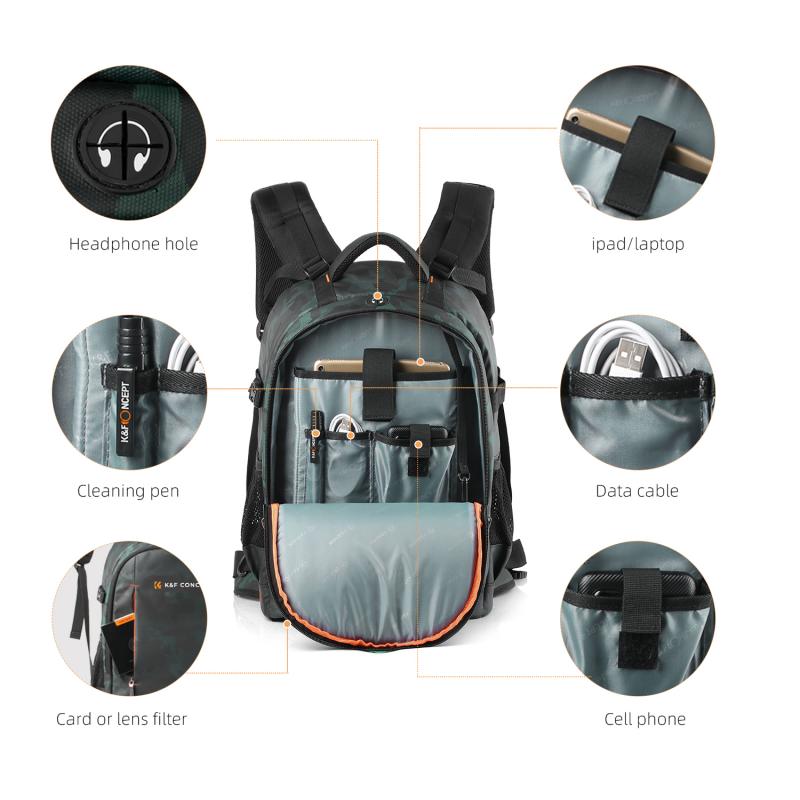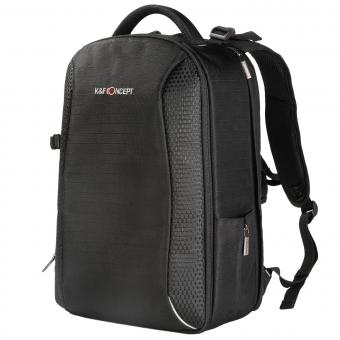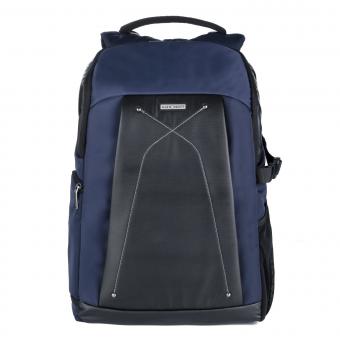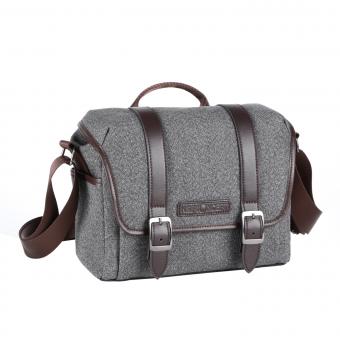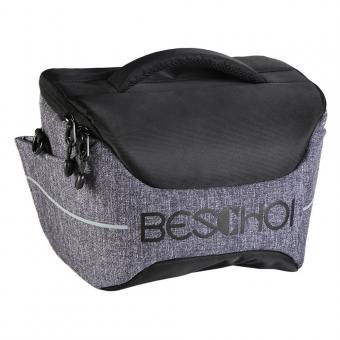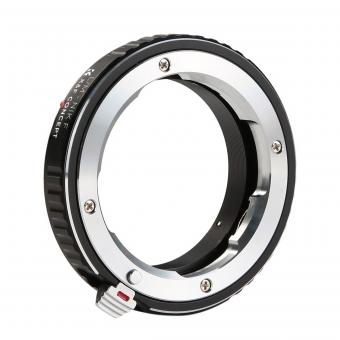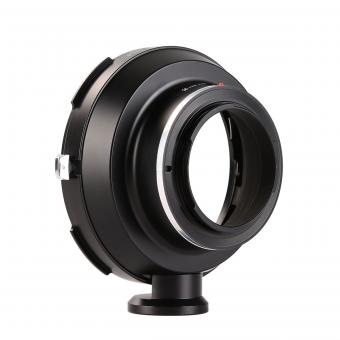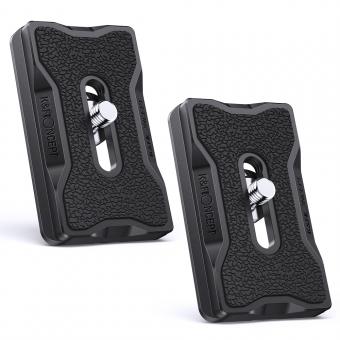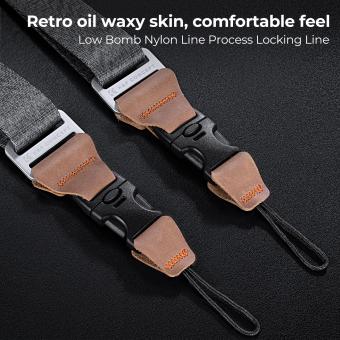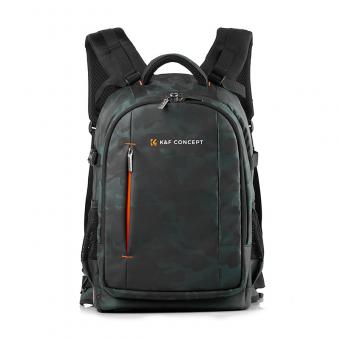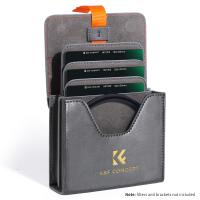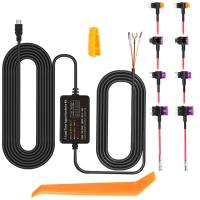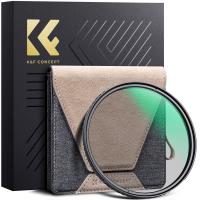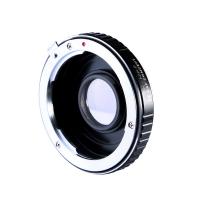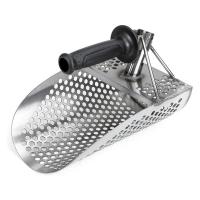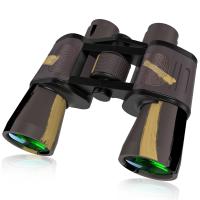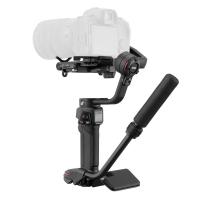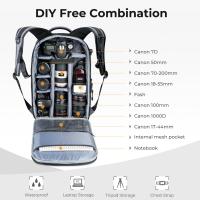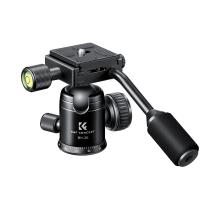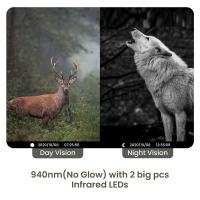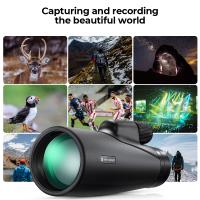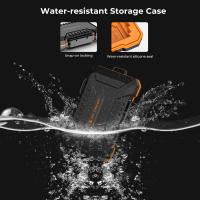How To Travel With A Dslr Camera ?
When traveling with a DSLR camera, it is important to take certain precautions to ensure that your camera stays safe and secure. Here are some tips:
1. Invest in a good camera bag: A camera bag will not only protect your camera from scratches and bumps, but it will also keep it safe from theft. Look for a bag that is sturdy, waterproof, and has enough compartments to store your camera and accessories.
2. Pack your camera in your carry-on luggage: Never check your camera in your luggage as it may get damaged or stolen. Always carry it with you in your carry-on luggage.
3. Remove the lens: When packing your camera, remove the lens and store it separately in a lens case. This will prevent the lens from getting damaged during transit.
4. Use a camera strap: A camera strap will keep your camera secure and prevent it from falling or getting lost.
5. Bring extra batteries and memory cards: Make sure to bring extra batteries and memory cards as you may need them during your trip.
6. Be mindful of your surroundings: When taking photos in public places, be aware of your surroundings and keep your camera close to you to prevent theft.
By following these tips, you can travel with your DSLR camera safely and enjoy capturing beautiful memories of your trip.
1、 Camera Bag Selection
When it comes to traveling with a DSLR camera, selecting the right camera bag is crucial. A good camera bag should be able to protect your camera and lenses from damage while also being comfortable to carry around. Here are some things to consider when selecting a camera bag for travel:
1. Size: Make sure the bag is the right size for your camera and lenses. You don't want a bag that's too big or too small.
2. Protection: Look for a bag that offers good protection for your camera and lenses. This can include padded compartments, weather-resistant materials, and sturdy zippers.
3. Comfort: You'll be carrying your camera bag around for long periods of time, so make sure it's comfortable to wear. Look for a bag with padded straps and a breathable back panel.
4. Accessibility: You want to be able to access your camera quickly and easily, so look for a bag with easy-to-reach compartments and pockets.
5. Style: Finally, consider the style of the bag. You want something that looks good and fits your personal style.
In addition to these factors, it's also important to consider the latest trends in camera bag design. For example, many camera bags now come with built-in charging ports for your phone or other devices. Some bags also feature modular designs that allow you to customize the interior compartments to fit your specific gear. By staying up-to-date on the latest camera bag trends, you can ensure that you're selecting a bag that meets all of your needs.
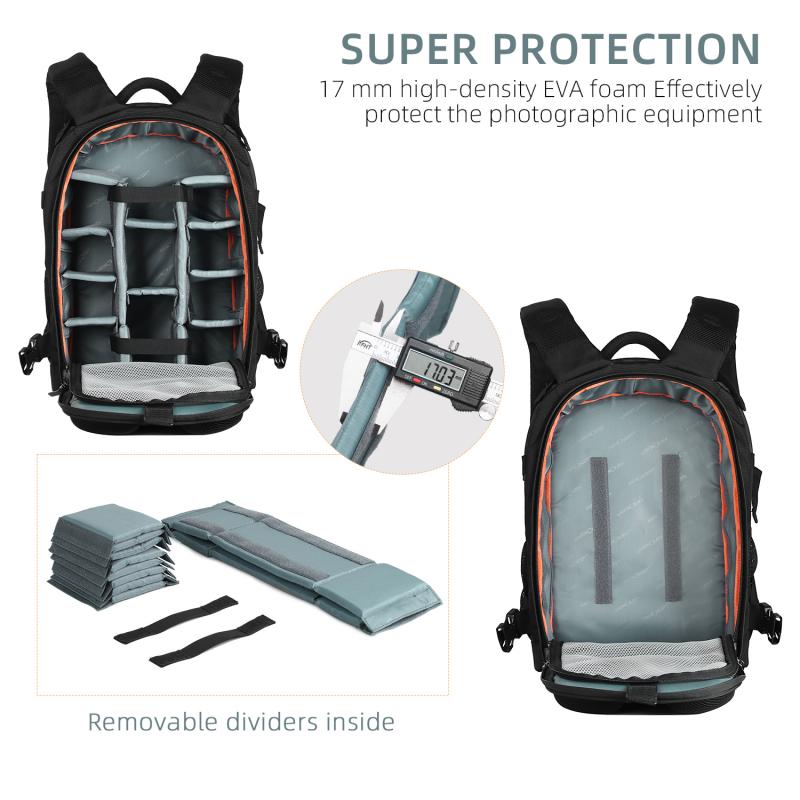
2、 Packing and Protecting Your Camera
Packing and Protecting Your Camera
Traveling with a DSLR camera can be a bit daunting, but with the right preparation and protection, you can ensure that your camera stays safe and secure throughout your journey. Here are some tips for packing and protecting your camera:
1. Invest in a good camera bag: A good camera bag is essential for protecting your camera during travel. Look for a bag that is well-padded and has compartments for your camera, lenses, and accessories.
2. Use a camera strap: A camera strap is a great way to keep your camera close and secure while you're on the move. Look for a strap that is comfortable to wear and has a secure attachment to your camera.
3. Pack your camera in your carry-on luggage: It's always a good idea to pack your camera in your carry-on luggage, rather than checking it in. This way, you can keep an eye on it and ensure that it doesn't get damaged during transit.
4. Use a protective case: If you're traveling to a particularly rugged or wet environment, consider using a protective case for your camera. These cases are designed to keep your camera safe from water, dust, and impact.
5. Bring extra batteries and memory cards: Make sure to bring extra batteries and memory cards with you on your trip. You never know when you'll need them, and it's always better to be prepared.
6. Be mindful of your surroundings: Finally, be mindful of your surroundings when you're taking photos. Keep an eye on your camera at all times, and be aware of any potential hazards that could damage your equipment.
Overall, traveling with a DSLR camera requires a bit of extra preparation and protection, but with the right gear and mindset, you can ensure that your camera stays safe and secure throughout your journey.
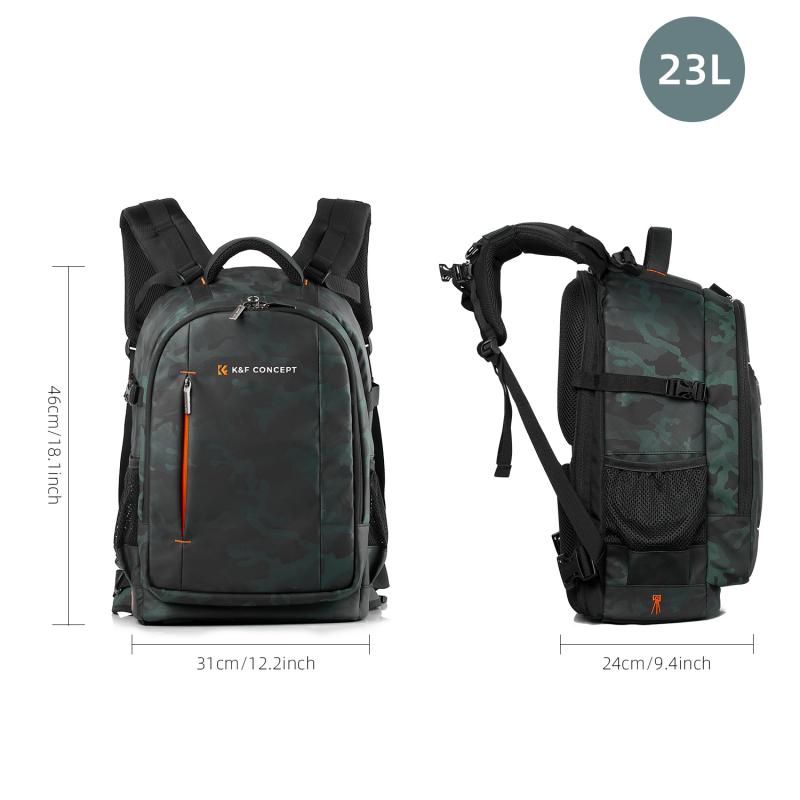
3、 Choosing the Right Lenses
How to Travel with a DSLR Camera:
Traveling with a DSLR camera can be a bit daunting, but with the right preparation, it can be a rewarding experience. Here are some tips to help you travel with your DSLR camera:
1. Invest in a good camera bag: A good camera bag will protect your camera and lenses from damage while traveling. Look for a bag that is sturdy, waterproof, and has enough space for your camera and accessories.
2. Pack light: When traveling, it's important to pack light. Only bring the essentials, such as your camera body, a few lenses, and a tripod. Leave the rest at home.
3. Bring extra batteries and memory cards: You don't want to run out of battery or memory space while traveling. Bring extra batteries and memory cards to ensure you can capture all the moments you want.
4. Be mindful of your surroundings: When traveling, be mindful of your surroundings. Keep your camera close to you and be aware of your surroundings to avoid theft.
5. Research your destination: Before traveling, research your destination to find the best spots for photography. This will help you plan your trip and ensure you capture the best shots.
Choosing the Right Lenses:
Choosing the right lenses for your DSLR camera is essential for capturing the best shots. Here are some tips to help you choose the right lenses:
1. Consider your photography style: Your photography style will determine the type of lenses you need. If you're into landscape photography, a wide-angle lens is essential. If you're into portrait photography, a prime lens with a wide aperture is ideal.
2. Look for quality lenses: Quality lenses are essential for capturing sharp and clear images. Look for lenses with good optics and build quality.
3. Consider your budget: Lenses can be expensive, so consider your budget when choosing lenses. You don't need to buy the most expensive lenses, but don't skimp on quality either.
4. Think about versatility: Consider lenses that are versatile and can be used for multiple types of photography. A zoom lens, for example, can be used for both landscape and portrait photography.
5. Research before buying: Before buying lenses, do your research. Read reviews and ask for recommendations from other photographers to ensure you're making the right choice.
In the latest point of view, with the rise of mirrorless cameras, many photographers are switching to mirrorless systems for their travel photography. Mirrorless cameras are smaller and lighter than DSLRs, making them easier to travel with. Additionally, many mirrorless systems have high-quality lenses that are comparable to DSLR lenses. However, DSLRs still have their advantages, such as longer battery life and better autofocus performance. Ultimately, the choice between DSLR and mirrorless comes down to personal preference and shooting style.
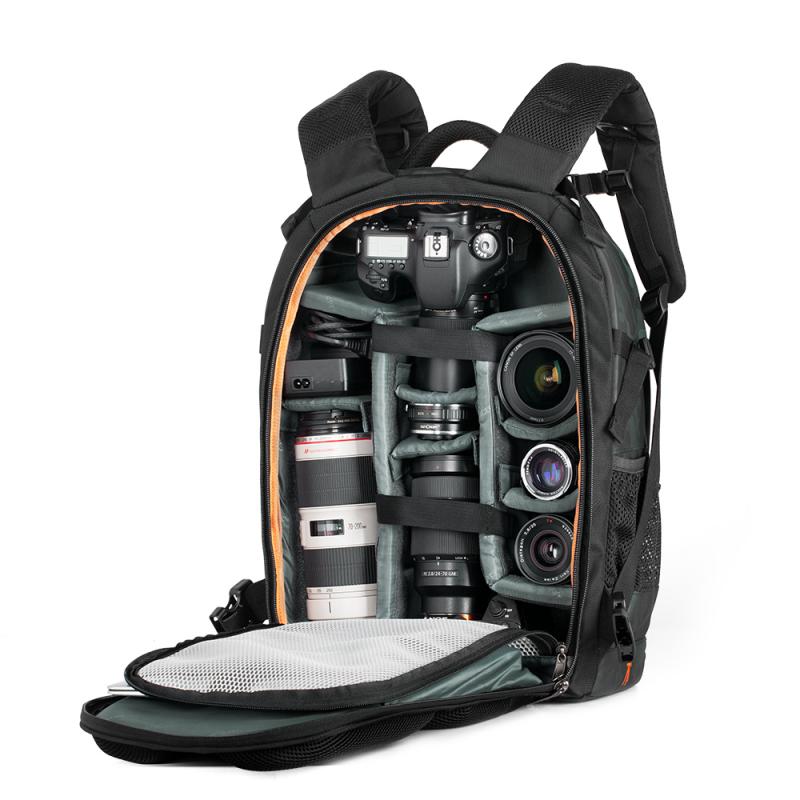
4、 Camera Settings for Travel Photography
Camera Settings for Travel Photography:
When it comes to travel photography, capturing the essence of a place is key. To do this, you need to have the right camera settings. Here are some tips to help you get the best shots:
1. Use the right ISO: Depending on the lighting conditions, you may need to adjust your ISO. For bright daylight, use a low ISO (100-200). For low light situations, use a higher ISO (800-1600).
2. Aperture: Use a wide aperture (low f-stop number) to create a shallow depth of field and blur the background. This is great for portraits and close-up shots.
3. Shutter speed: Use a fast shutter speed to freeze motion (1/500 or higher) or a slow shutter speed to create motion blur (1/30 or lower).
4. White balance: Adjust your white balance to match the lighting conditions. For example, use the "cloudy" setting for warm, golden light at sunset.
5. RAW format: Shoot in RAW format to have more control over your images in post-processing.
6. Composition: Pay attention to the rule of thirds, leading lines, and framing to create visually interesting images.
7. Experiment: Don't be afraid to try new things and experiment with different settings to find what works best for you.
In addition to these tips, it's important to travel with your camera safely. Invest in a good camera bag and always keep your camera with you or in a secure location. How to travel with a DSLR camera is also important to consider. Be mindful of the weight and size of your camera and lenses, and pack them in a way that protects them from damage. With the right camera settings and travel precautions, you can capture stunning images of your travels.
